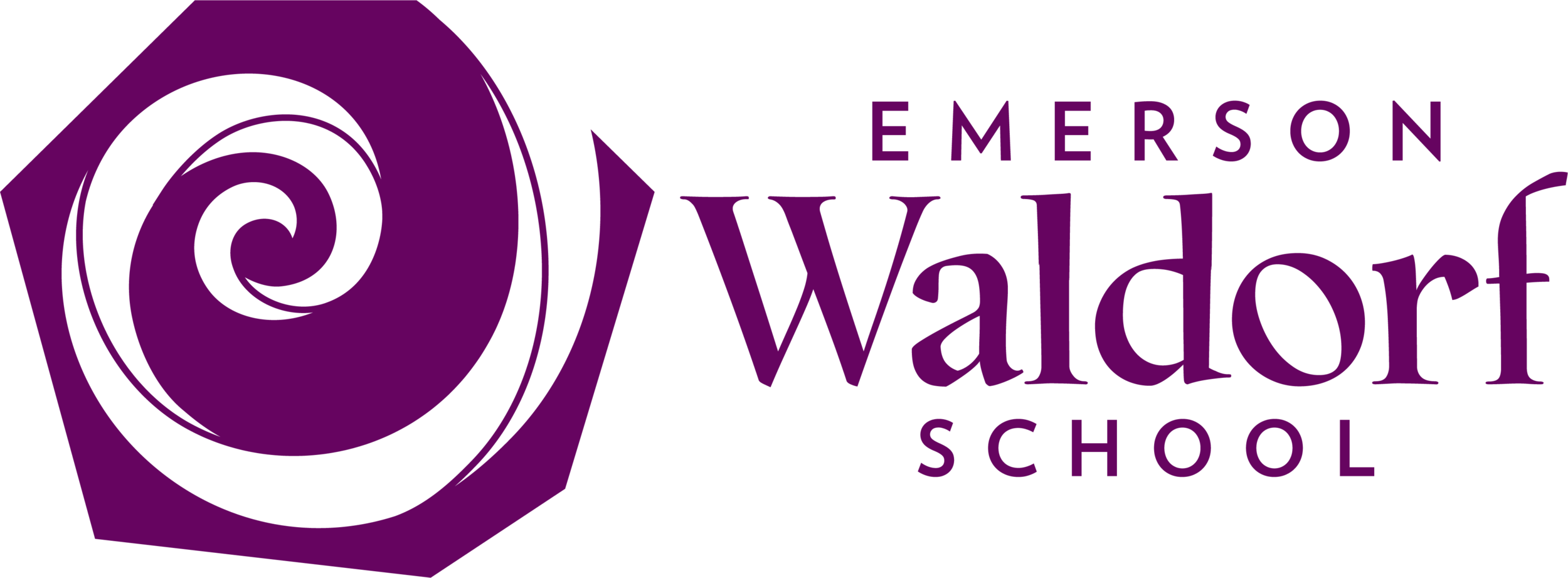The Purpose of World Language Learning in Waldorf Schools
By Diamela Wetzl, Ximena Sierra, Barbara Wauters, Maria Creamer, and Kim Napa
Whether it be Spanish, German, French, Mandarin, Japanese, Russian, or American Sign Language, most Waldorf schools in North America offer world lan-guage studies as an integral part of their educational program, which, for schools with high schools, often culminates with an international student exchange or travel abroad. Many Waldorf students graduate with a working knowledge of at least one world language, and frequently pursue global studies or university majors or minors in these languages. While this trajectory is also found in some, though not all, other independent schools, the ‘why’ of Waldorf pedagogy makes our world languages programs unique.
In sharing the insights of Rudolf Steiner on world languages, Johannes Kiersch states in his book Language Teaching in Steiner-Waldorf Schools that encountering the ‘otherness’ of another language helps us cultivate a better self-understanding through confronting our own native consciousness. In Waldorf schools, world language studies aim to foster ‘social pedagogy’ by developing students’ aptitude to connect with other peoples of the world, so that they are able to participate actively in the recognition of humanity across cultures and with diverse views. Intertwined through all lessons, the overarching goal of the language teacher is to lead children toward empathy and to raise their social conscience by cultivating joy, compassion, interest, and open-mindedness.
In the early grades, the lessons in and of themselves are not so much about the ability to speak another language (although this is indeed a bonus result) but rather to be more open to the meeting of “the other.” World language teachers expose students to the joys and sorrows, triumphs and challenges, and festivals and traditions of the culture(s) that speak the lan-guage they are studying. Languages are taught largely through imitation, storytelling, verses, songs, drama, recitation, games, puppetry, and movement. Compre-hension rather than output is emphasized.
As students grow, they begin to expand their views and attitudes towards other cultures and learn to see the world in more differentiated ways. Through exposure to new ways of expression, children find a greater range of possibilities for individual expression. At this stage, writing and reading become a focal point, elements of grammar are taught, and the students’ listening comprehension and oral compe-tence increase.
“Intertwined through all lessons, the overarching goal of the language teacher is to lead the children toward empathy and to their social conscience by cultivating joy, compassion, interest, and open-mindedness.”
In high school, students are immersed more fully in the language and learn about, and perhaps study in, the cultures of those who speak it. The goal of studying a world language at this time is to develop a robust linguistic system that allows students to participate in conversations and cultures of people who speak the language that they are studying, and to assist students on their path of bilingualism, biliteracy, and proficiency. Thus, they can better engage and connect with members of our world society with compassion, interest, and ultimately contribute to a more globally conscious community.
• Contributing writer, Kim Napa, is the Lower & Middle School Spanish Teacher at Emerson Waldorf School
• Diamela Wetzl, retired teacher from the Sacramento, Live Oak, and Camellia Waldorf schools; Ximena Sierra, Santa Cruz Waldorf School; Barbara Wauters, Live Oak Waldorf School; Maria Creamer, Rudolf Steiner School; and Kim Napa, Emerson Waldorf School, comprise the leadership team of the Waldorf School Teachers Association (WSTA).
Founded in 2013, the mission of WSTA is as follows: The teachers who are part of WSTA are committed to develop-ing a better and stronger Spanish program in our schools, based on the Waldorf education movement, by learning about child development and by following the indications of Rudolf Steiner in the curriculum. We are inspired in our work by the education-al insights of Rudolf Steiner. We carry a vision of the Waldorf education movement as a cultural initiative and a gift to all humanity.
• This article was originally published in the Fall 2023 edition of School Renewal - A Journal for Waldorf Education.
